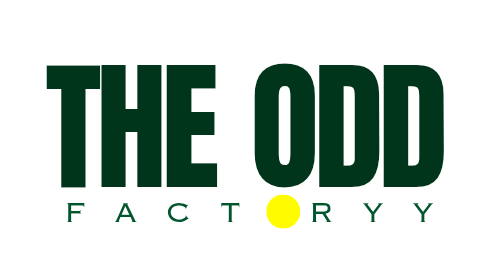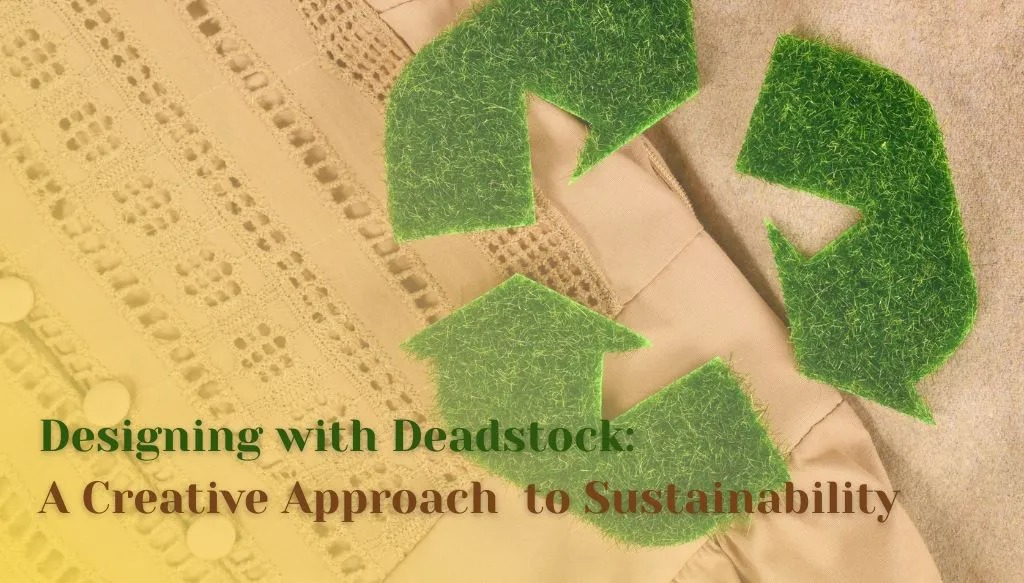Sustainability is no longer a buzzword – it’s a necessity in today’s fashion industry. And one of the most creative and cost-effective ways for emerging designers to embrace sustainability is by designing with deadstock fabric or Upcycling products.
Deadstock refers to surplus fabric that goes unused by brands or mills. Rather than sending it to landfills, designers now see it as a goldmine of opportunity. Whether you’re using a fashion mood board template to build your vision or refining your numbers with a garment cost sheet template, incorporating upcycled products into your design process can reduce waste, lower costs, and add unique character to your collection.
At The ODD Factory, we help fashion startups build impactful, responsible collections, and upcycled products is often the place where that journey begins.
What Is Deadstock and Why Should Designers Use It?
Deadstock fabric or upcycling is leftover or overproduced material from large-scale fashion brands or textile mills. These fabrics often include high-quality, unused rolls that are sitting idle due to over-ordering, canceled productions, or slight color mismatches.
Using this fabric allows designers to:
- Reduce textile waste
- Access premium fabric at lower costs
- Create exclusive, limited-edition designs
- Tell a compelling sustainability story
For startup brands working on a tight budget and building collections using a fashion design starter kit, upcycled products are the perfect recreations that align vision with values.
Step 1: Set the Creative Direction with a Fashion Mood Board Template
Before sourcing deadstock, get clear on your design direction. A fashion mood board template can help you visualize and refine your brand’s aesthetic, color story, and fabric preferences.
Your mood board should reflect:
- Color palette
- Textures and surface finishes
- Inspirations (vintage, modern, cultural, etc.)
- Silhouettes and garment categories
This helps narrow down the types of fabrics that work for your collection – whether you’re designing structured outerwear, soft loungewear, or elegant dresses.
Step 2: Sourcing the Right Deadstock
Once your creative direction is set, the next step is fabric sourcing. Unlike traditional fabric buying, sourcing the fabrics involves treasure hunting – you’re working with what’s available, not what’s custom-made.
Tips for sourcing deadstock:
- Visit local textile surplus markets or warehouses
- Ask your fashion production partner (like The ODD Factory) for access to leftover rolls
Pro Tip: Be flexible. You may find hidden gems that inspire new design ideas not originally on your mood board.
Step 3: Design Around What You Find
Designing with deadstock is a reverse process – you adapt your designs to the fabric, not the other way around. That’s what makes it both sustainable and creatively challenging.
Instead of making 100 identical garments, you might create:
- A limited batch of one style in three different fabrics
- Mix-and-match patchwork styles
- One-of-a-kind upcycled pieces
This encourages innovation and allows your brand to stand out with designs that can’t be easily replicated.
Step 4: Calculate Costs with a Garment Cost Sheet Template
Even if the fabric is more affordable, you need to calculate your full production cost to ensure healthy margins. Use a garment cost sheet template to track:
- Fabric cost (based on actual meterage)
- Labor/stitching costs
- Trims and labels
- Packaging
- Overhead
- Profit margins
Working with deadstock may also impact your minimum order quantities (MOQs), so include those considerations in your cost breakdown.
This sheet will help you determine both your wholesale and retail pricing – essential for staying profitable as a sustainable brand.
Step 5: Use a Fashion Design Starter Kit to Stay on Track
Launching a sustainable collection can feel overwhelming. A fashion design starter kit can provide structure with tools like:
- Spec sheet templates
- Tech pack formats
- Mood board layouts
- Costing sheets
- Vendor contact logs
These templates help keep everything organized – from the moment you find that perfect roll of deadstock fabric to when you ship out your first orders.
At The ODD Factory, we offer starter kits that guide designers step by step, with the flexibility to support deadstock and upcycled collections.
Explore Our Upcycled Store for One-of-a-Kind Creations
If you’re looking for inspiration or ready-to-wear fashion made from surplus materials, visit our curated Upcycled Store. Each piece is crafted using premium deadstock and leftover fabric from our factory floor – making every garment unique and environmentally responsible. It’s a perfect showcase of how deadstock can be transformed into standout designs while supporting circular fashion. Whether you’re building your own sustainable brand or just starting your journey, our upcycled pieces reflect the values of thoughtful design and ethical production.
Final Thoughts: Sustainable Fashion Starts with Smart Design
Designing with deadstock isn’t just sustainable – it’s smart, affordable, and creatively liberating. It challenges you to think resourcefully, communicate your values, and build a brand that cares about impact as much as aesthetics.
Whether you’re sketching your first idea using a fashion mood board template, breaking down costs with a garment cost sheet template, or organizing your launch with a fashion design starter kit, The ODD Factory is here to support you every step of the way.
Want help building your Upcycled Products collection?
Explore our fashion starter tools, or get in touch for sourcing, sampling, and ethical production tailored for your sustainable fashion brand.



